
Building bricks on the moon from lunar dust: www.universal-sci.com/headlines/20...
10.08.2025 21:19 — 👍 12 🔁 2 💬 0 📌 0@universal-sci.bsky.social
The official Universal-Sci Bluesky account - Providing you with a selection of the most interesting science-related news and background stories - https://www.universal-sci.com/

Building bricks on the moon from lunar dust: www.universal-sci.com/headlines/20...
10.08.2025 21:19 — 👍 12 🔁 2 💬 0 📌 0
Fascinating: SNR 0454-67.2, a supernova remnant in the LMC. Likely born from a Type Ia explosion, it features red filaments amid dark clouds. Such supernovae shine with consistent brightness, making them vital “standard candles” for gauging cosmic distances.
(Credit: ESA/Hubble, NASA)
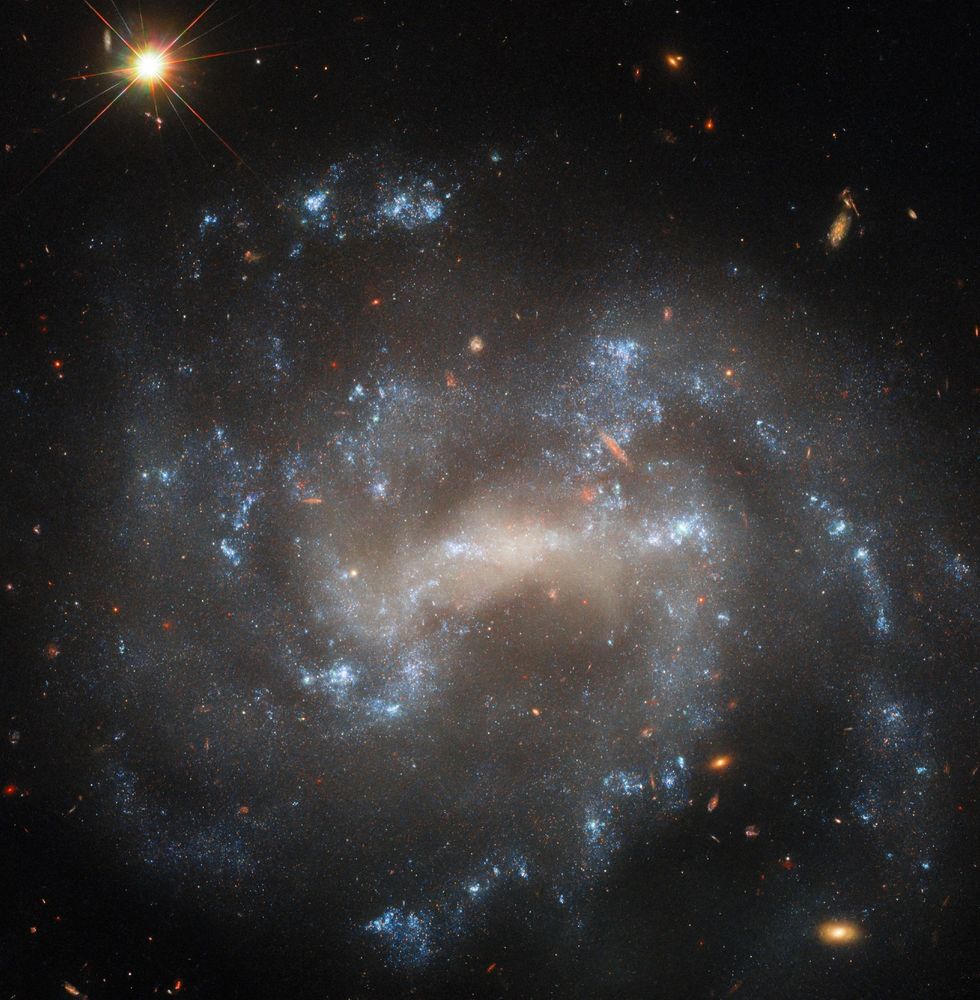
Intriguing: The spiral galaxy UGC 5460 recently hosted two apparent “supernovae”—but it turns out one was actually a luminous blue variable, a rare star type that erupts dramatically yet survives the explosion.
(Credit: ESA/Hubble & NASA, W. Jacobson-Galán, A. Filippenko, J. Mauerhan)
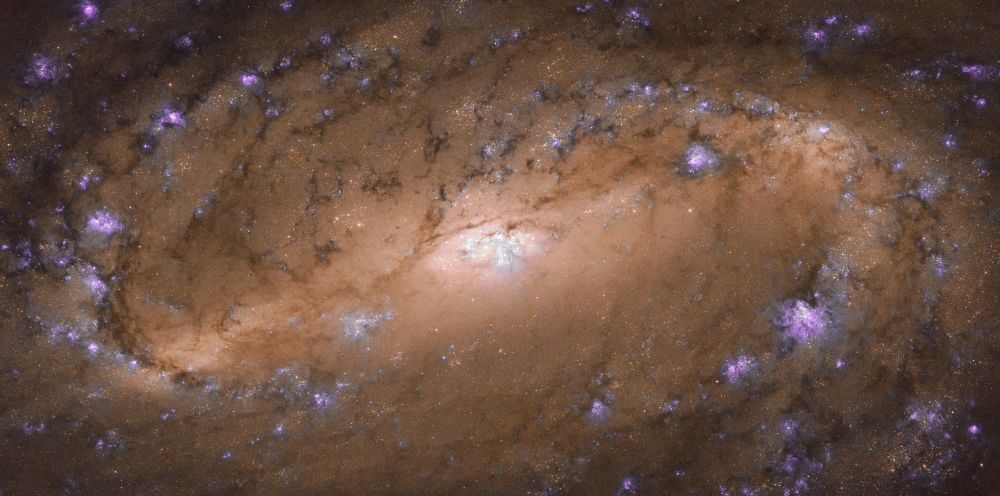
Iconic!
Few of the Universe’s residents are as iconic as the spiral galaxy. This image captures a perfect example: NGC 2903, located about 30 million light-years away in the constellation Leo.
(Credit: ESA/Hubble & NASA, L. Ho et al.)

Alkaline vs lithium: what is the difference and which battery should you really buy?
www.universal-sci.com/article/diff...
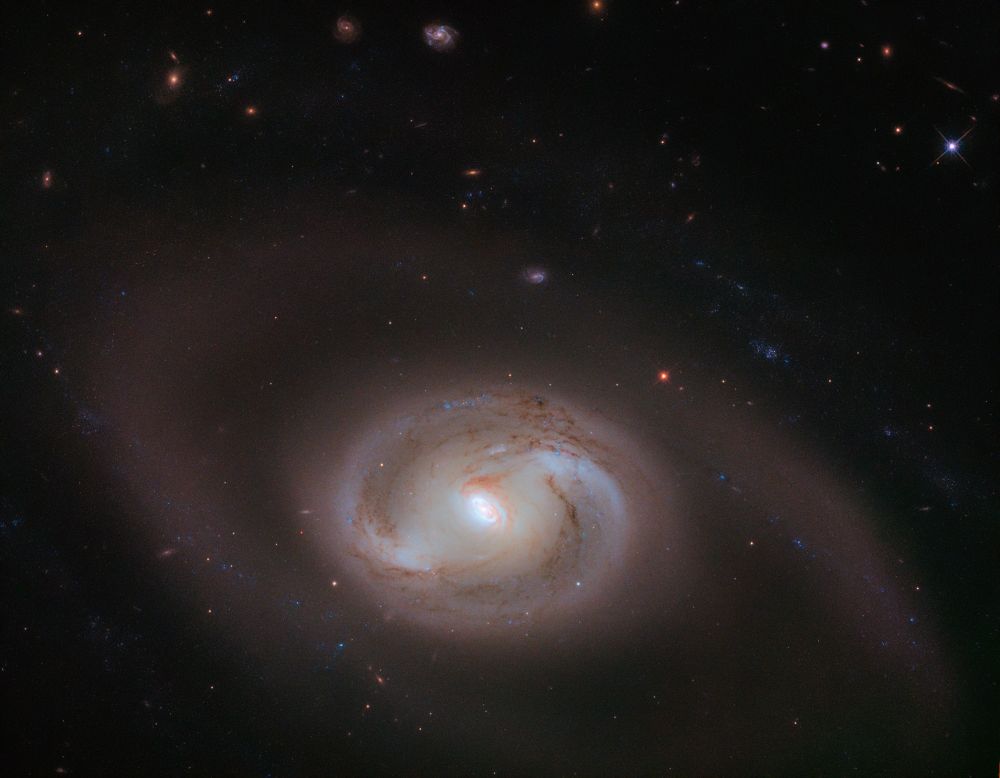
Rings Upon Rings!
Fascinating: NGC 2273 seems like a simple barred spiral galaxy, with two graceful arms winding from a central bar. Yet within these arms lie hidden rings—intricate spirals within a spiral...
(Credit: ESA/Hubble & NASA, J. Greene)
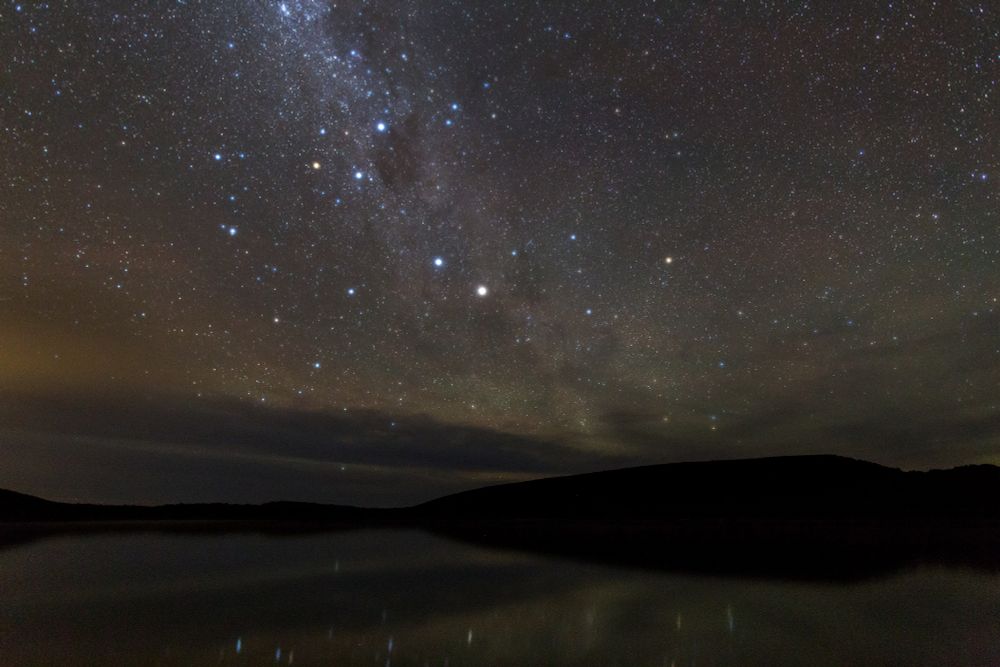
A view of the night sky that those of us that live on the northern hemisphere are missing
The Southern Cross.

Could we actually reach a black hole with a paperclip-sized spacecraft? www.universal-sci.com/article/reac...
07.08.2025 15:00 — 👍 3 🔁 0 💬 1 📌 0
'A sea monster and a Tarantula'
Behold this gorgeous part of the Tarantula Nebula, a large star-forming region in the LMC galaxy, 160,000 light-years away.
The Nebula contains some of the most massive stars in the Universe!
(Credit: ESA/Hubble & NASA, C. Murray)

The spectacular remains of a stellar explosion: Supernova remnant SNR 0519, left behind by a white dwarf’s cataclysmic demise.
(Credit: X-ray: NASA/CXC/GSFC/B. J. Williams et al.; Optical: NASA/ESA/STScI)
An amazing zoom-in on the supermassive black hole anchoring M87, a giant elliptical galaxy 55 million light-years away!
(Credit: NASA’s Goddard Space Flight Center)
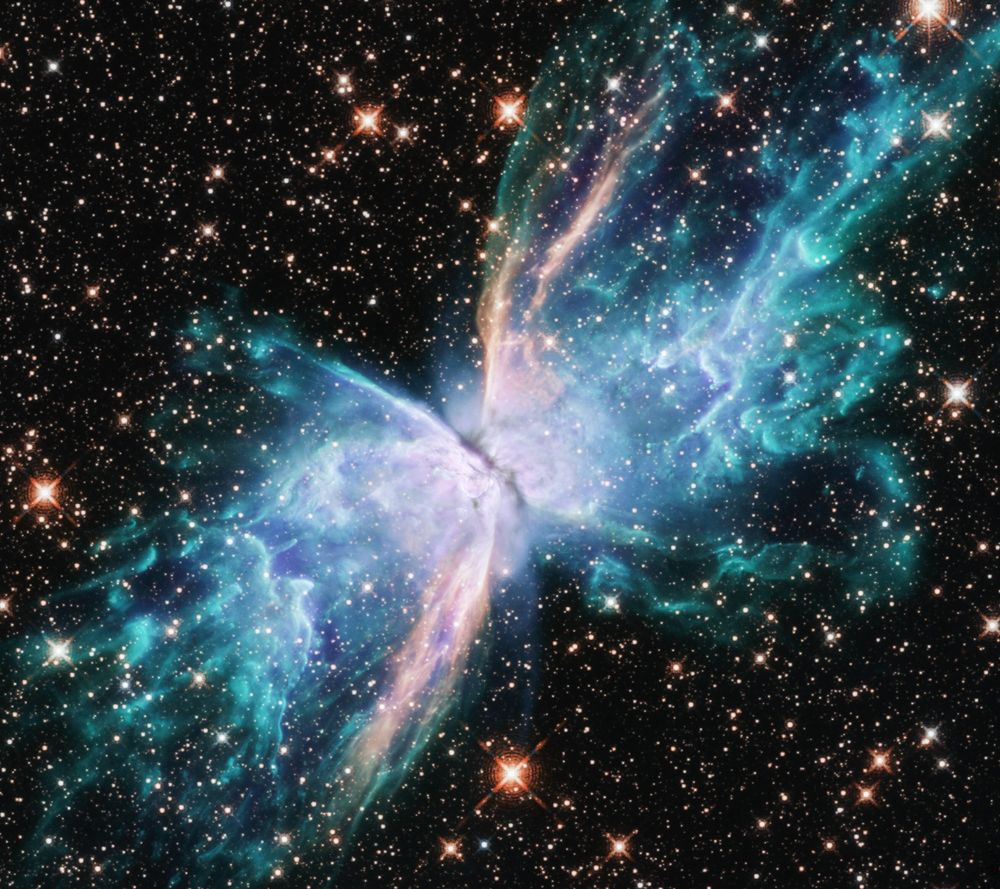
Stunning: The Butterfly Nebula (NGC 6302) lies about 3800 light-years away in Scorpius.
Its glowing gas (formerly the star's outer layers) was expelled over 2200 years, forming a butterfly-shaped structure over two light-years wide!
Credit: NASA, ESA, and J. Kastner (RIT)
A breathtaking face-on view of the remarkable galaxy NGC 5335, classified as a flocculent spiral galaxy, featuring scattered, patchy streams of star formation spread across its disk.
Credit: NASA, ESA, STScI, N. Bartmann (ESA/Hubble)
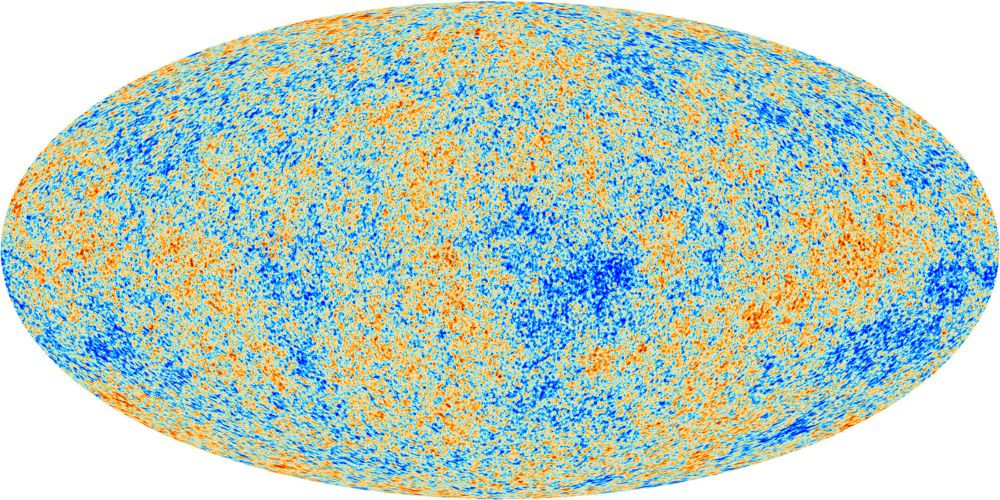
Why do astronomers believe in dark matter? www.universal-sci.com/headlines/20...
04.08.2025 14:12 — 👍 17 🔁 3 💬 2 📌 0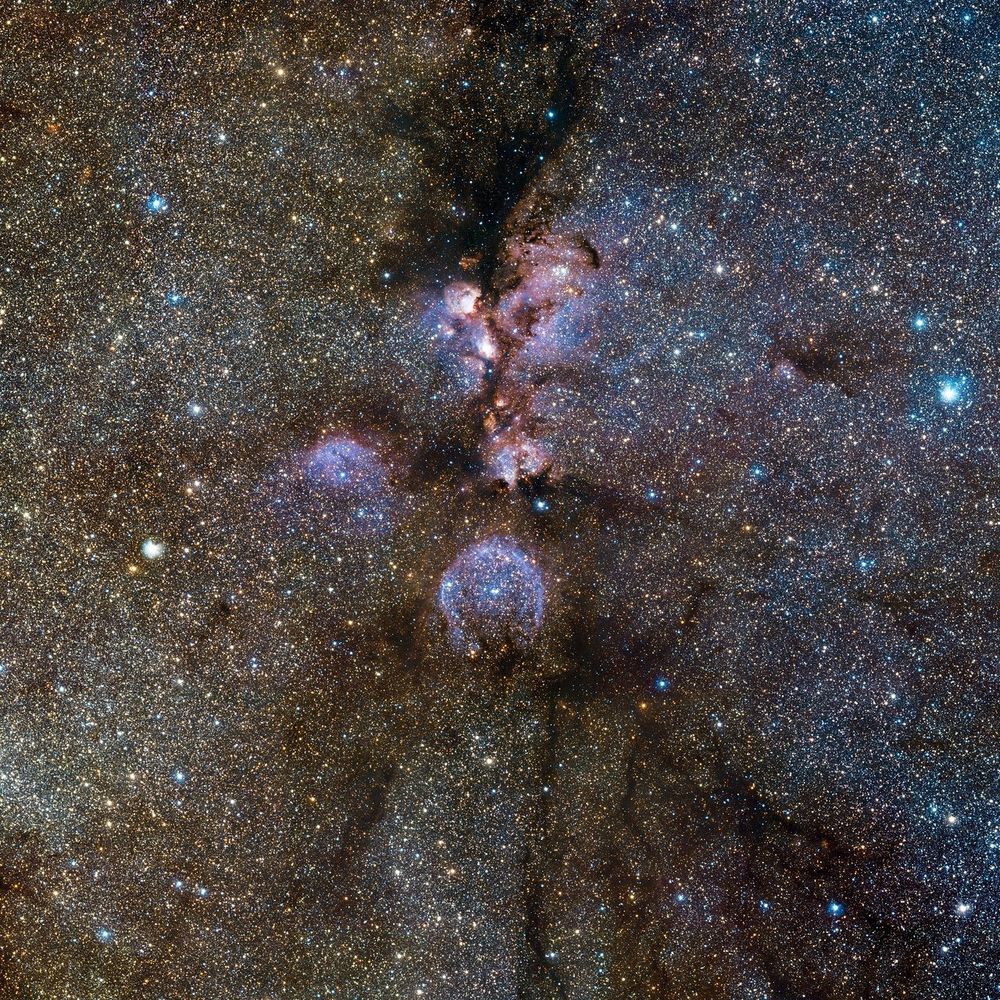
VISTA’s infrared view of the Cat’s Paw Nebula
(Credit: ESO, J. Emerson, VISTA - Acknowledgment- Cambridge Astronomical Survey Unit)
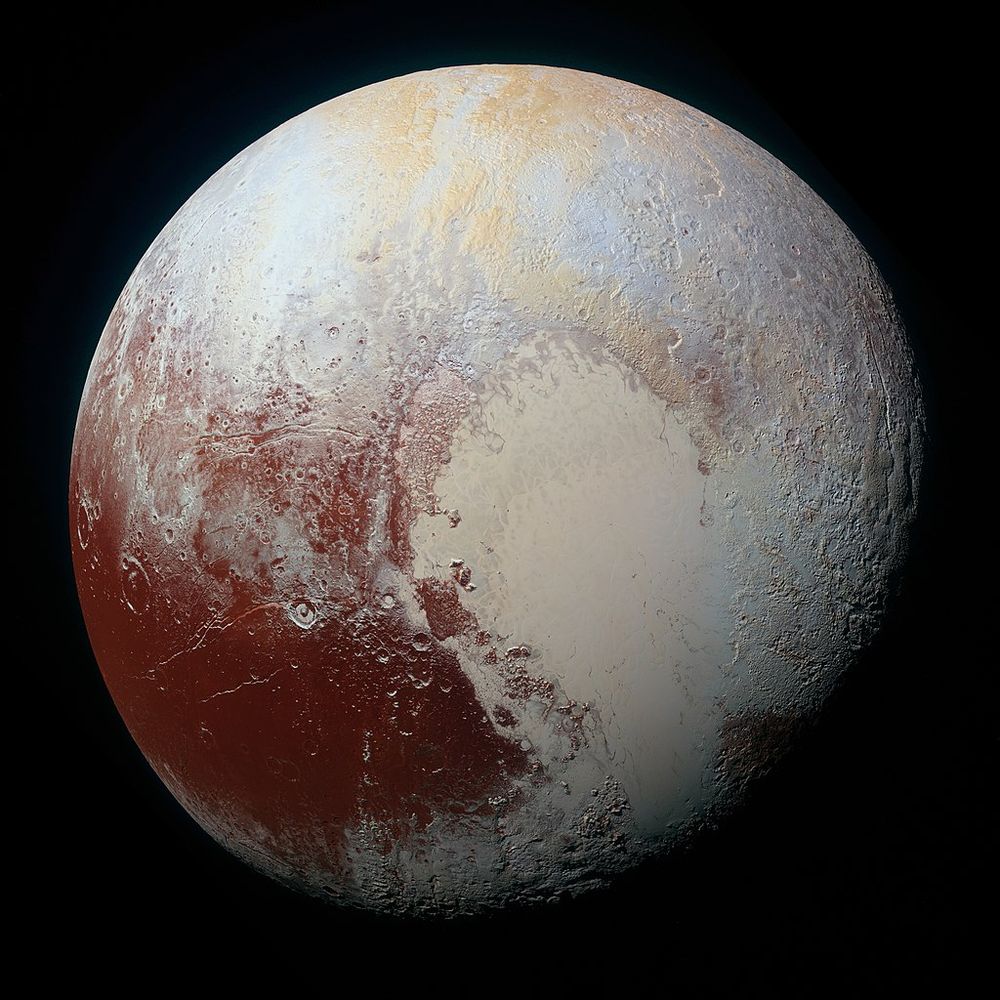
Pluto will not complete its first orbit around the Sun since its discovery until March 23, 2178!
02.08.2025 22:15 — 👍 249 🔁 31 💬 11 📌 9
This image shows a vibrant slice of the Virgo Cluster from the Vera C. Rubin Observatory, featuring two bright spiral galaxies, three merging galaxies, distant galaxy groups, Milky Way stars, and more—highlighting the cosmos’s remarkable diversity.
(Credit: NSF–DOE Vera C. Rubin Observatory)
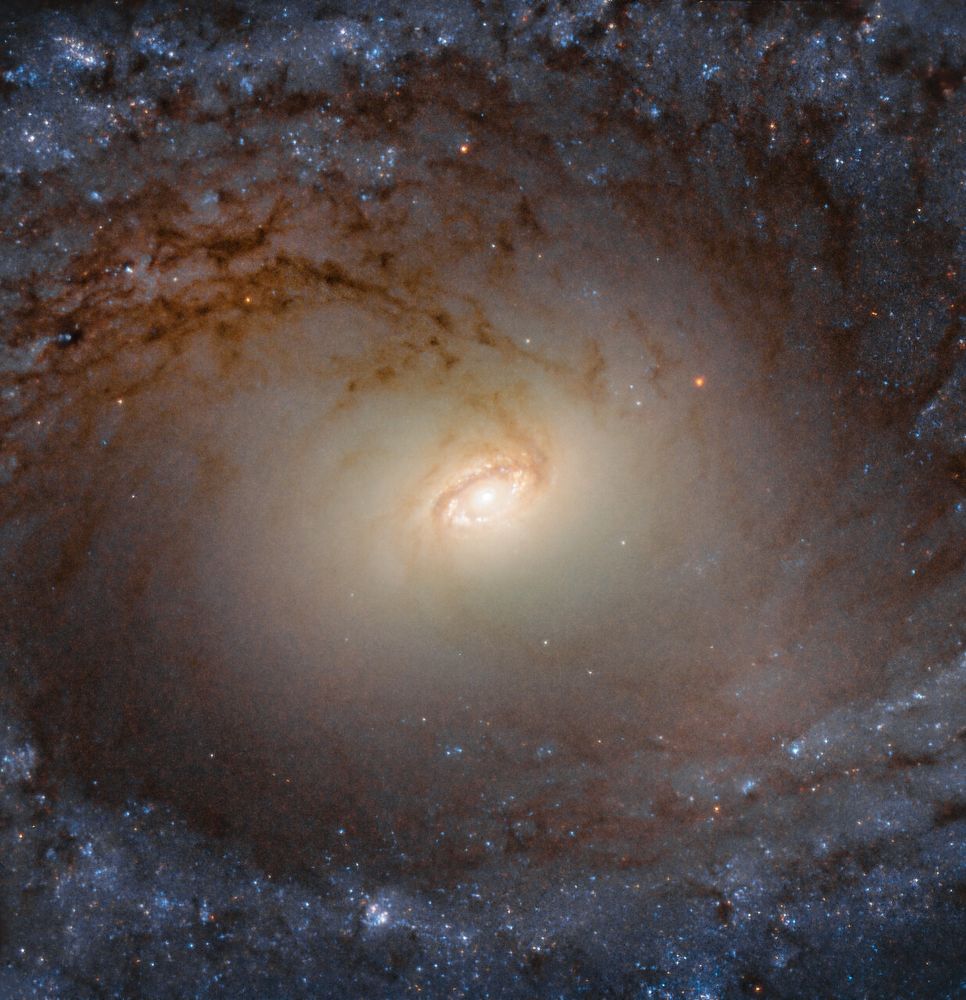
Breathtaking: IC 2051, a barred spiral galaxy 85 million light-years away in Mensa. Its flat disk features a bright central bulge of stars, a structure that shapes galaxy evolution and drives the growth of supermassive black holes.
(Credit: ESA/Hubble & NASA, P. Erwin et al.)

You’re eating microplastics in ways you don’t even realize: www.universal-sci.com/headlines/20...
01.08.2025 16:22 — 👍 8 🔁 3 💬 1 📌 0
What is your real ‘biological age’, and what does this mean for your health: www.universal-sci.com/headlines/20...
01.08.2025 01:55 — 👍 4 🔁 0 💬 0 📌 0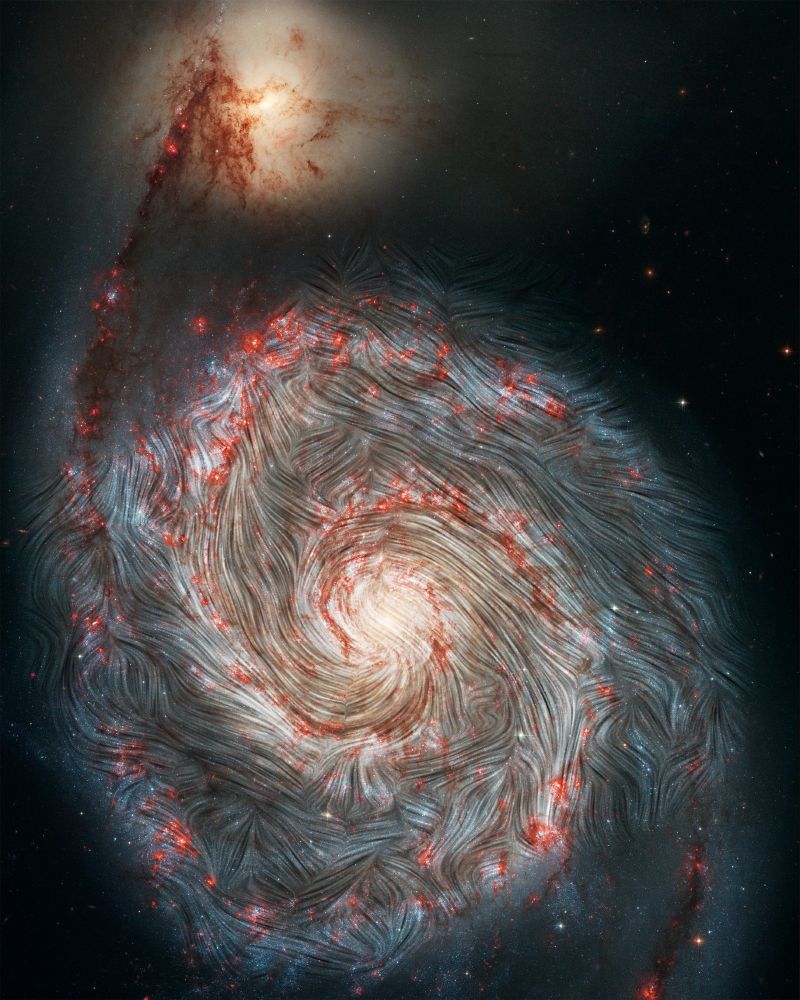
The hidden magnetic chaos within the Whirlpool Galaxy!
(Credit: NASA, the SOFIA science team, A. Borlaff; NASA, ESA, S. Beckwith (STScI) and the Hubble Heritage Team (STScI/AURA))
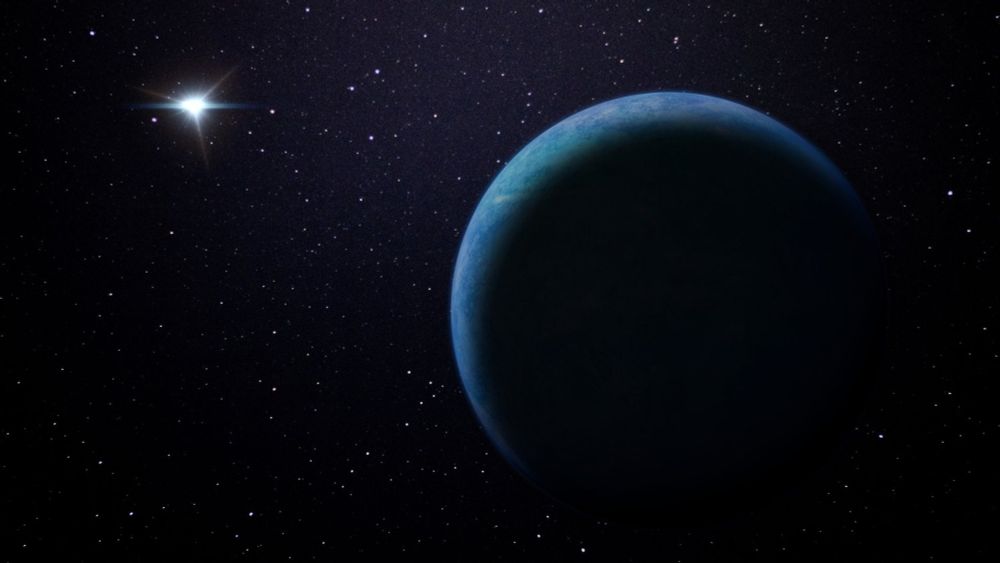
Journeying to Other Stars Without a Spaceship
It is actually possible, here is how: www.universal-sci.com/article/inte...

The giant Megalodon shark might have been even larger than previously thought: www.universal-sci.com/article/how-...
31.07.2025 04:32 — 👍 24 🔁 1 💬 2 📌 0
Why you don't actually need 8 hours of sleep per night: www.universal-sci.com/article/you-...
31.07.2025 00:01 — 👍 3 🔁 0 💬 1 📌 0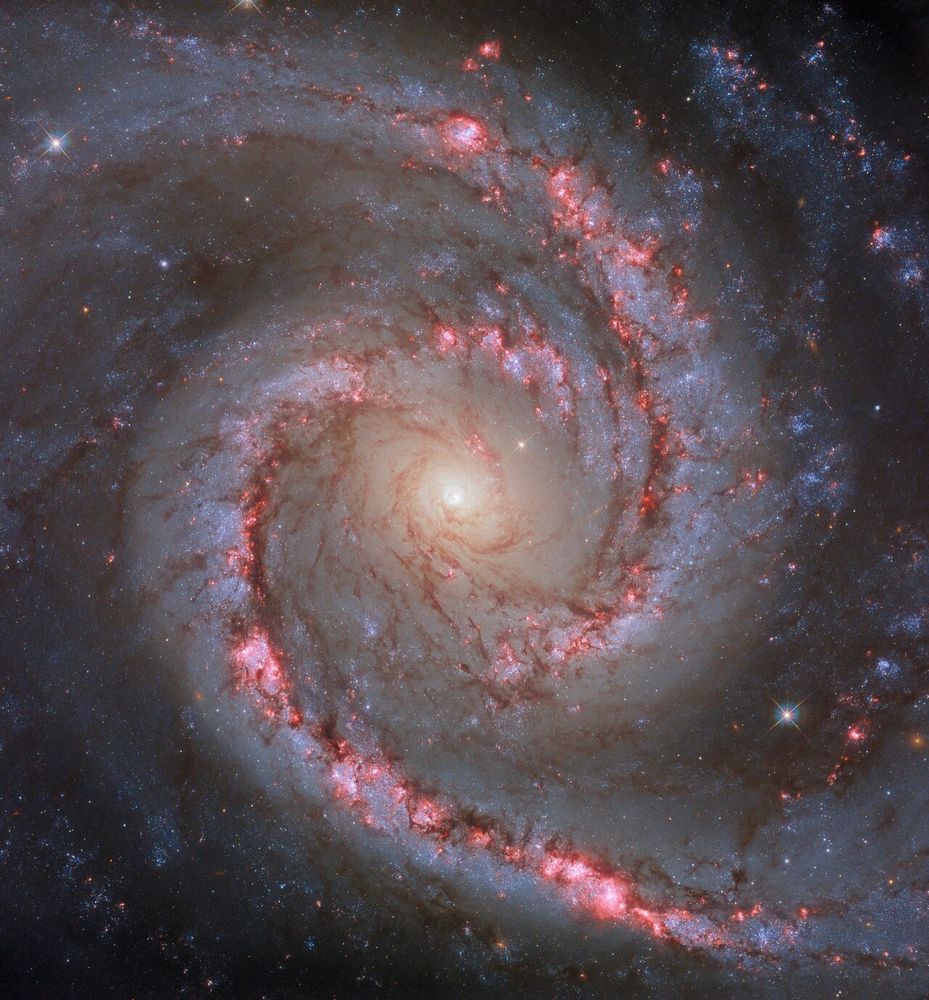
Gorgeous: The spiral galaxy NGC 1566, known as the ‘Spanish Dancer Galaxy'
It is part of the Dorado galaxy group and is located about 60 million light-years away in the constellation Dorado.
(Credit: ESA/Hubble & NASA, D. Calzetti and the LEGUS team, R. Chandar)

How much daily walking do you need if you want to live longer?
Here's the science: www.universal-sci.com/article/how-...

Why Doesn't Earth Have Rings?
www.universal-sci.com/headlines/20...
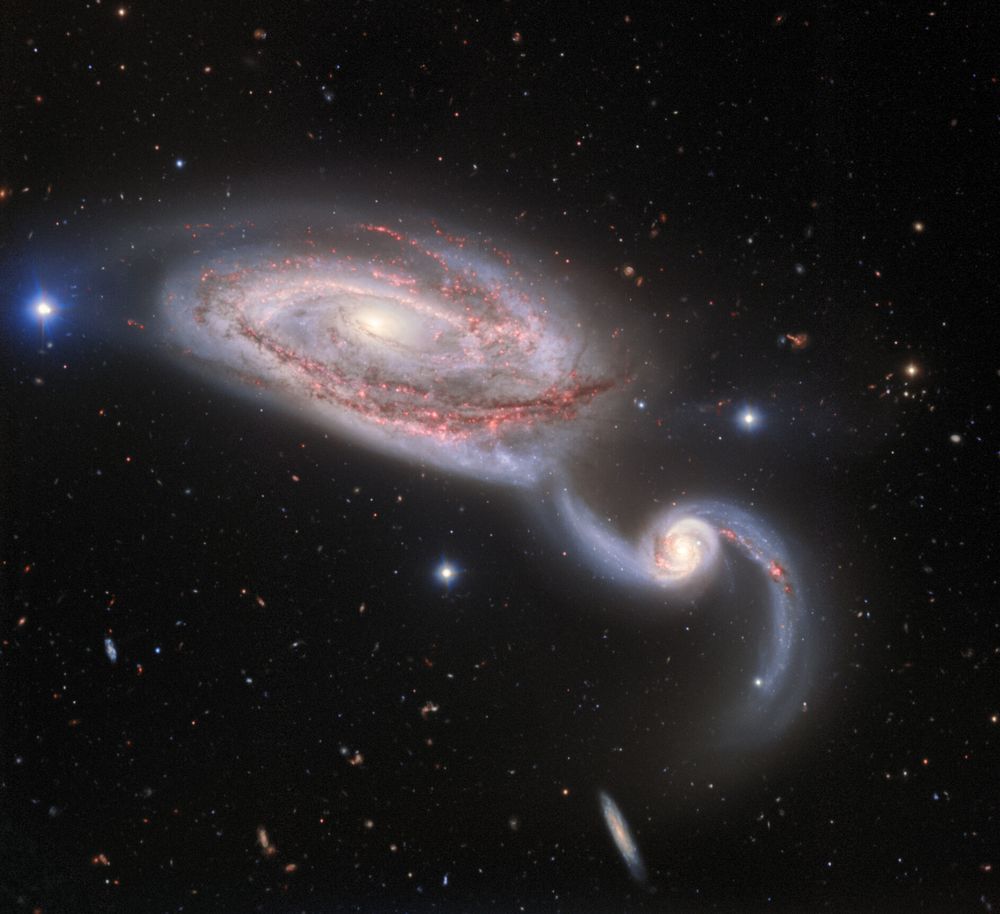
NGC 5395 (left) is a spectacular spiral galaxy about 160 million light-years away in Canes Venatici. Its distorted shape and off-centre ring are the result of a dramatic interaction with its smaller neighbour, NGC 5394
(Credit: International Gemini Observatory/NOIRLab/NSF/AURA)
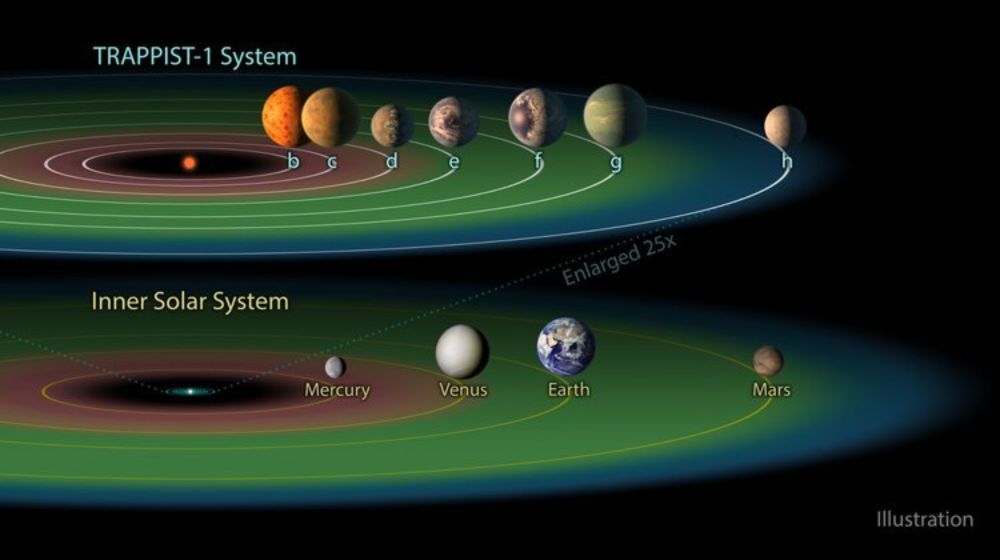
From Oceans to Cosmic Shores: How Our View of Habitable Worlds and Zones Is Evolving: www.universal-sci.com/headlines/20...
29.07.2025 02:01 — 👍 10 🔁 2 💬 0 📌 0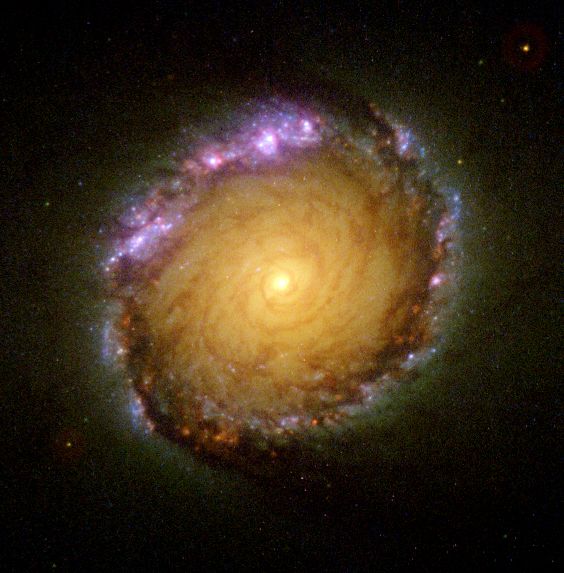
Lay your eyes on the unique core of this 30 million light-years distant galaxy's called NGC 1512.
The core is remarkable for its stunning 2,400 light-year-wide circle of infant star clusters, called a "circumnuclear" starburst ring.
(Credit: NASA, ESA, and D. Maoz)